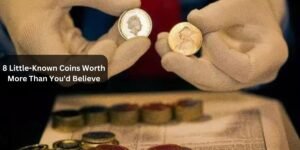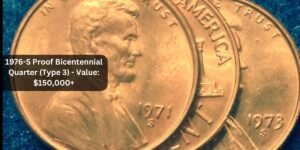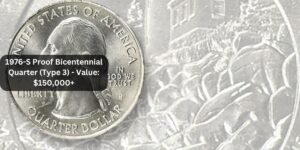Welcome, fellow numismatists, to the fascinating realm of coin grading – where precision meets passion, and every detail matters. In this guide, we’ll dive into the intricacies of assessing and valuing your coin collection, unraveling the mystery behind the science of coin grading.
Understanding Coin Grading
Coin grading is both an art and a science, requiring keen observation and a trained eye. At its core, coin grading involves evaluating a coin’s condition and assigning it a grade based on a standardized scale. From Poor (PO-1) to Perfect Uncirculated (MS-70), each grade reflects a specific level of wear, preservation, and overall quality.
The Importance of Condition
The condition of a coin is paramount in determining its value and desirability. Factors such as wear, scratches, toning, and mint luster all play a crucial role in grading a coin. A well-preserved coin will typically command a higher price than one showing signs of circulation or damage.
The Grading Process
Examination:
Begin by examining the coin under proper lighting and with a magnifying glass to detect any imperfections or signs of wear.
Comparison:
Compare the coin to reference images and descriptions in numismatic guides or online resources to determine its grade. Pay attention to details such as strike quality, surface preservation, and overall appeal.
Grading:
Assign a grade to the coin based on its overall condition and appearance, using the standardized grading scale as a guide. Be objective and consistent in your assessment, taking into account all relevant factors.
Certification:
Consider having valuable coins certified and graded by reputable third-party grading services such as the Professional Coin Grading Service (PCGS) or the Numismatic Guaranty Corporation (NGC). Certification provides added assurance of the coin’s authenticity and condition, enhancing its marketability and value.
Valuing Your Collection
Once you’ve graded your coins, it’s time to determine their value. Factors such as rarity, demand, historical significance, and market trends will influence the value of your collection. Consult with experienced coin dealers, utilize online pricing guides, and stay informed about current market conditions to accurately assess the value of your coins.
Conclusion
Mastering the science of coin grading requires a combination of knowledge, skill, and practice. By understanding the grading process and diligently assessing the condition of your coins, you can confidently value your collection and unlock its full potential. So, embrace the journey, hone your expertise, and let the beauty and history of your coins shine through!
FAQs (Frequently Asked Questions)
1. What tools do I need for coin grading?
You’ll need a magnifying glass or loupe, proper lighting, and reference materials such as numismatic guides or online resources to aid in coin grading. Additionally, some collectors may opt to use coin grading software or apps for more advanced grading assistance.
2. How can I improve my coin grading skills?
Practice is key to improving your coin grading skills. Study reference materials, examine a wide variety of coins, and seek feedback from experienced collectors or dealers. Over time, you’ll develop a sharper eye for assessing coin condition and grading accurately.
3. Can I grade coins on my own?
While it’s possible to grade coins on your own, it’s essential to approach the task with caution and objectivity. Consider seeking guidance from reputable sources, attending coin grading seminars or workshops, and utilizing third-party grading services for valuable or high-grade coins.
4. Are all coins worth grading?
Not necessarily. It’s essential to evaluate the value, rarity, and potential return on investment before deciding to have a coin graded. Coins with significant value, historical significance, or those intended for sale or investment purposes are typically the best candidates for grading.




